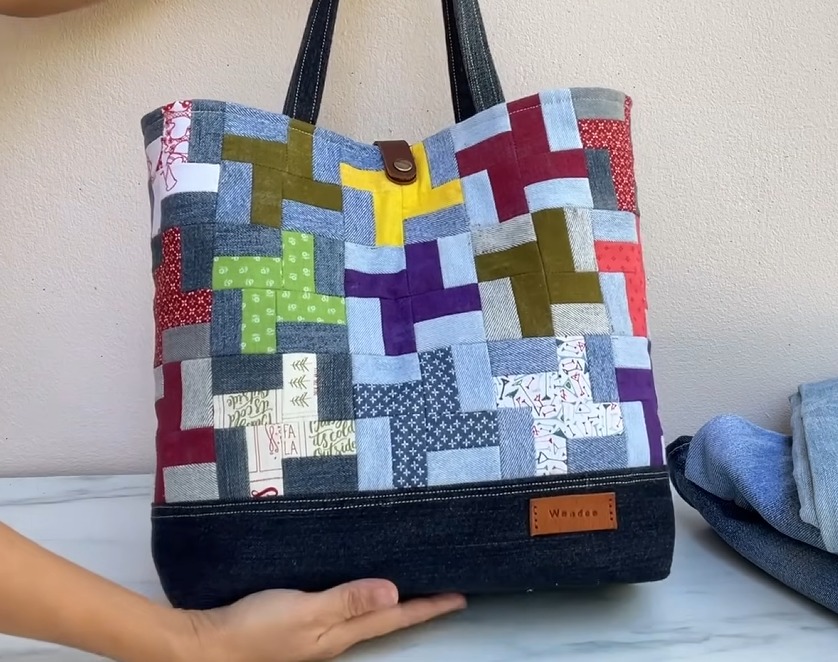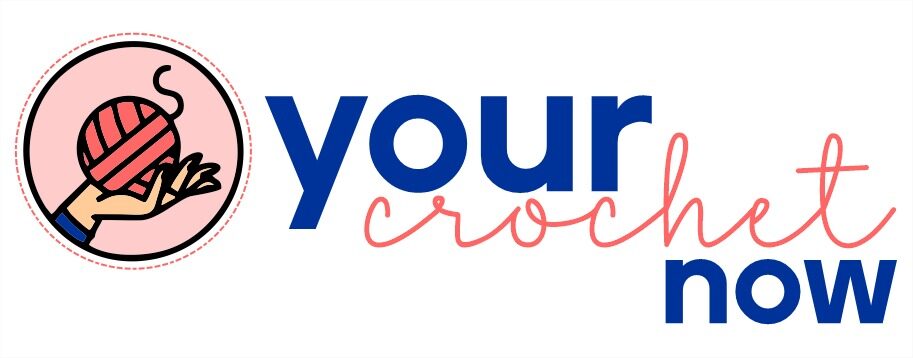Upcycling old denim into beautiful, useful pieces is a sustainable trend that’s growing in the world of quilting. In this tutorial, we’ll guide you step by step to create a denim patchwork tote bag using recycled jeans and coordinating fabric scraps. If you love working with quilt patterns and enjoy creative, eco-friendly sewing projects, this guide is for you.
Whether you’re a beginner quilter or someone looking to reuse old materials in a stylish way, this quilt-inspired tote will help you combine form and function. Let’s dive into this hands-on project that blends traditional quilt methods with modern, sustainable fashion.
Why Choose Denim for Your Patchwork Bag?
Denim is a sturdy fabric that offers durability and structure, making it perfect for tote bags. It holds up well to frequent use, washes beautifully over time, and adds a cool, vintage look to any project. When mixed with fabric scraps in quilt patterns, the result is both artistic and functional.
Using denim in your patchwork bag is also a great way to recycle old jeans or jackets. This aligns perfectly with the eco-conscious direction of many quilters and crafters today. Instead of tossing out worn jeans, you can turn them into a one-of-a-kind accessory.
Moreover, denim adds texture and contrast to quilt designs, especially when paired with soft cotton fabrics or colorful prints. Your final product will be more than a bag—it’ll be a conversation piece.
Materials You’ll Need
Before diving into the cutting and sewing, make sure you have all the materials on hand. For this patchwork tote bag, you don’t need much, just some common items from your sewing room.
- Old jeans (preferably in different shades of blue)
- Cotton fabric scraps (coordinating or contrasting)
- Fusible interfacing (medium weight)
- Lining fabric (approx. ½ yard)
- Webbing or denim strips for handles
- Sewing machine, rotary cutter, mat, and thread
The beauty of working with quilt patterns is the freedom to mix prints and textures. So don’t be afraid to get creative with your fabric choices!
Fabric Cuts and Measurements
Let’s break down the required fabric cuts for the denim patchwork tote bag. This bag will measure approximately 14” wide by 15” tall with a 3” boxed bottom. Here’s what you need to cut:
- (16) 4” x 4” squares of denim
- (16) 4” x 4” squares of fabric scraps
- (1) 15” x 16” piece of lining (cut 2 for front and back)
- (2) 3” x 15” strips for the sides
- (2) 3” x 14” strips for the bottom
- (2) 22” long handle straps (either denim strips or cotton webbing)
This simple square format is ideal for creating a quilted look without complicated piecing. It’s also a great way to practice layout and color coordination.

Creating the Patchwork Front and Back Panels
Start by laying out your 4” x 4” denim and fabric squares in a checkerboard pattern—alternating denim and fabric scraps. Each panel should be 4 squares wide by 4 squares tall, making a total of 16 squares per side.
Once you’re happy with the layout, start sewing the squares together row by row using a ¼” seam allowance. Press the seams open or to one side, depending on your preference. Then sew the rows together to complete each panel.
These two quilted panels will form the front and back of your tote bag. At this point, you’ll already start to see how your quilt-inspired patchwork creates a unique visual design.
Assembling the Outer Bag
With both patchwork panels ready, attach the 3” x 15” side strips to each side of one panel. Do the same on the other panel. Next, sew the 3” x 14” bottom strip to the lower edge of one panel, then attach the second panel to form a bag shape.
Press all seams and trim any uneven edges. Turn the outer bag right side out and set it aside. If desired, add fusible interfacing to the wrong side of your panels before assembling to add structure to your tote.
You’re now halfway to finishing your project! The outside of your denim patchwork tote bag is complete, and it’s looking fabulous.
Creating the Lining
Cut two rectangles from your lining fabric measuring 15” x 16” each. Sew around the sides and bottom, leaving a 3” gap at the bottom center of the lining for turning later.
Box the corners of the lining by pinching each bottom corner and drawing a 1.5” square triangle. Sew across this triangle and trim. Repeat on both sides. This method mirrors traditional quilt patterns used for structured bags.
Once your lining is assembled, leave it inside out and prepare for final assembly. If you want to add pockets, now’s the time to sew them onto the lining interior.
Attaching the Handles
Prepare your straps: if using webbing, cut two 22” lengths. If using denim, cut two strips 4” wide by 22” long, fold lengthwise, and stitch along the edge to form handles.
Position the handles 3” from each side seam on the right side of the outer bag. Pin in place and baste with a 1/8” seam to hold them while assembling the bag.
These straps give your tote durability and ease of use, and they complement the rugged, quilted denim look beautifully.
Final Assembly and Finishing
With the outer bag right side out and the lining inside out, place the outer bag inside the lining so that right sides are together. Line up the top edges and seams, then pin around the top.
Sew around the entire top edge using a ½” seam. Carefully pull the bag right side out through the hole left in the lining. Push the lining down into the tote and press the top edge.
Topstitch around the top edge of the bag to give it a clean, professional finish. Sew the opening in the lining closed, and your denim patchwork tote bag is done!
Final Thoughts and Customization Ideas
This project is a great introduction to quilt patterns applied to accessories. You can easily scale the bag up or down by adjusting your square size or panel layout. Try using triangles or hexagons for a different patchwork style.
You could also add embellishments like buttons, embroidery, or even fabric paint for a personalized touch. Each bag you make will be totally unique, just like a handmade quilt.
Whether it’s for yourself or a gift, this tote bag is a creative way to breathe new life into old denim and fabric scraps. It’s stylish, sustainable, and showcases the timeless beauty of patchwork design.
